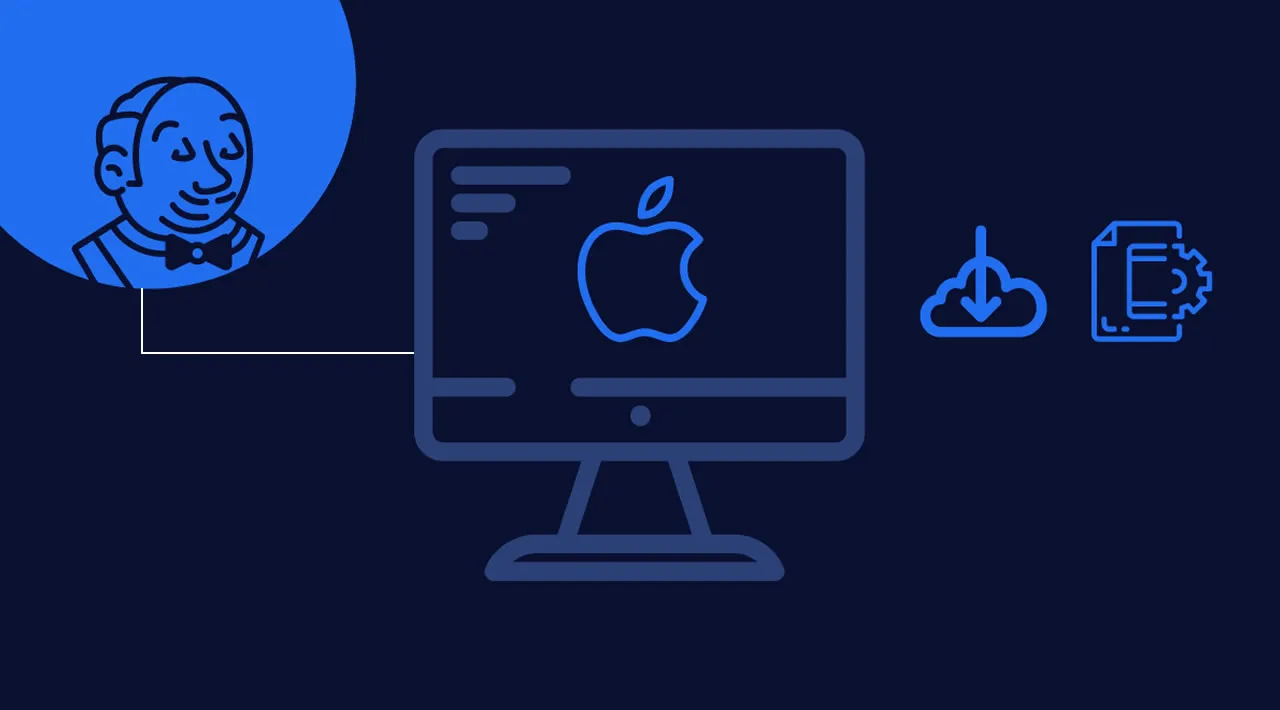Jenkins is a Java-built open-source Continuous Integration (CI) and Continuous Deployment (CD) platform. Basically, Jenkins builds software projects, checks and deploys them. This is one of the most practical programming tools you can master, and today we will show you how to install Jenkins on your macOS, and how to use this powerful tool to activate your VPS server. VPS copies a dedicated server environment in a shared server.
Jenkins is loved by teams of all sizes, for different language projects like Java, Ruby, Dot Net, PHP etc. Jenkins is a platform that is autonomous, and can be used on Windows, Mac or any other operating system.
In this article, we will learn how to install Jenkins on Mac OS.
Why Use Jenkins?
To understand Jenkins, you will need to consider continuous integration (CI) and continuous delivery (CD):
- Continuous integration – the practice of continually merging the working copies of developers with the main repository.
- Continuous delivery – constantly delivering the code to an area once it is ready for delivery. It could be for production or staging. The commodity is supplied to a consumer base that can provide QA or inspection by customers.
Developers update the code regularly in the shared repository (such as GitHub or TFS). Improvements made in the source code are made at the end of the day together, making it difficult to identify the errors. To avoid this, Jenkins is used here.
Once a developer changes the repository, Jenkins will automatically enable the build and immediately warn you in the event of an error (Continuous Integration CI).
We can also automate the post-construction tests with Jenkins (unit test, success test, acceptance test). Jenkins will conduct these tests and produce a report whenever progress is achieved (Continuous Delivery CD).
#jenkins #mac
